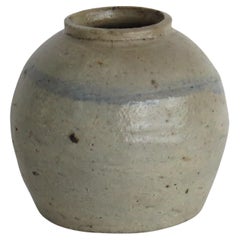Items Similar to Rare Yue Celadon-Glazed Vessel, Jin dynasty (265-420)
Want more images or videos?
Request additional images or videos from the seller
1 of 17
Rare Yue Celadon-Glazed Vessel, Jin dynasty (265-420)
$2,535
$3,90035% Off
£1,923.50
£2,959.2335% Off
€2,199.35
€3,383.6235% Off
CA$3,540.71
CA$5,447.2435% Off
A$3,936.79
A$6,056.5935% Off
CHF 2,055.57
CHF 3,162.4235% Off
MX$47,920.26
MX$73,723.4835% Off
NOK 26,228.20
NOK 40,351.0835% Off
SEK 24,574.57
SEK 37,807.0435% Off
DKK 16,414.15
DKK 25,252.5435% Off
Shipping
Retrieving quote...The 1stDibs Promise:
Authenticity Guarantee,
Money-Back Guarantee,
24-Hour Cancellation
About the Item
A Yue celadon vessel from the Jin Dynasty period, notable for its characteristic greenish-glazed pottery which was prominent during this time. The vessel features a globular body with a single looped handle that arches gracefully from the shoulder to just above the rim, allowing for easy handling or hanging.
The surface of the vessel is coated with a early robust celadon glaze that has aged and craquelure, indicative of the passage of time and the historical legacy of the piece. Also, this net of fine cracks on the glaze is often appreciated for its aesthetic qualities.
Period : Jin Dynasty (266 ~ 420 AD)
Type : Vessel
Medium : Yue celadon(Stoneware)
Height : 15cm
Provenance : The piece was acquired in Hong Kong in the year 1999.
Condition : Good
Reference :
1) Ashmolean Museum - Accession no.EA1956.332
2) Ashmolean Museum - Accession no.EA1956.211
* Yue Celadon
Yue celadon, also known as Yue ware, is a type of Chinese pottery with a celadon glaze, originating from the eastern Han dynasty (25-220 AD) in the Zhejiang province. The name 'Yue' comes from the Yue kilns which were among the earliest to develop the celadon technique. Yue ware is known for its jade-like glaze, which can range in color from bluish-green to olive green.
Yue celadon was highly regarded during its time and was the first Chinese ware to be imported in large quantities to the Middle East and Africa, significantly influencing the development of ceramics in those regions. The production of Yue ware continued to evolve, and during the Tang dynasty (618~907 AD), it became more refined with more complex shapes and decorations. By the time of the Song dynasty (960~1279 AD), it had greatly influenced other kiln traditions, leading to the development of the classic longquan celadon, which became one of China’s most famous ceramic products.
Yue celadon traditionally embodies elements of auspiciousness and good fortune in Chinese culture. The jade-like celadon glaze is often associated with longevity and health. Various motifs and shapes inscribed on the pottery frequently symbolize luck and prosperity. For example, lotus patterns may represent purity and immortality, while animal figures like the lion symbolizes power, courage, and strength. Lions are considered protectors that ward off evil spirits and bring forth good luck. Furthermore, Yue celadon wares were commonly used as tomb offerings in ancient China, believed to bring fortune and well-being to the deceased in the afterlife.
- Dimensions:Height: 5.91 in (15 cm)Diameter: 5.91 in (15 cm)
- Style:Han (Of the Period)
- Materials and Techniques:
- Place of Origin:
- Period:
- Date of Manufacture:265-420
- Condition:Wear consistent with age and use.
- Seller Location:seoul, KR
- Reference Number:1stDibs: LU9577238764892
About the Seller
4.8
Gold Seller
Premium sellers maintaining a 4.3+ rating and 24-hour response times
Established in 1999
1stDibs seller since 2023
38 sales on 1stDibs
Typical response time: <1 hour
- ShippingRetrieving quote...Shipping from: seoul, Korea South
- Return Policy
Authenticity Guarantee
In the unlikely event there’s an issue with an item’s authenticity, contact us within 1 year for a full refund. DetailsMoney-Back Guarantee
If your item is not as described, is damaged in transit, or does not arrive, contact us within 7 days for a full refund. Details24-Hour Cancellation
You have a 24-hour grace period in which to reconsider your purchase, with no questions asked.Vetted Professional Sellers
Our world-class sellers must adhere to strict standards for service and quality, maintaining the integrity of our listings.Price-Match Guarantee
If you find that a seller listed the same item for a lower price elsewhere, we’ll match it.Trusted Global Delivery
Our best-in-class carrier network provides specialized shipping options worldwide, including custom delivery.More From This Seller
View AllRare Yue Celadon Chicken-Head Ewer, Jin-Southern Dynasty
Located in seoul, KR
Chicken-head ewers are among the most distinct and emblematic pottery pieces from the Han (206 BC ~ AD 220) to the Tang dynasties. Their production commenced during the Jin dynasty i...
Category
Antique 15th Century and Earlier Hong Kong Han Antiquities
Materials
Pottery
$6,950 Sale Price
50% Off
Rare Yue Celadon Chicken-Head Ewer, Jin-Southern Dynasty
Located in seoul, KR
Chicken-head ewers are among the most distinct and emblematic pottery pieces from the Han (206 BC - AD 220) to the Tang (618-907) dynasties. Their production commenced during the Jin...
Category
Antique 15th Century and Earlier Hong Kong Han Antiquities
Materials
Celadon, Stoneware
$7,160 Sale Price
60% Off
Rare Yue Celadon-Glazed Figural Vessel, Western Jin dynasty (265-420)
Located in seoul, KR
This vessel is well-modeled as a recumbent winged lion with detailed decorative elements. It features a grimacing face with large protruberant eyes under heavy brows and a gaping mou...
Category
Antique 15th Century and Earlier Hong Kong Han Antiquities
Materials
Celadon
$7,950 Sale Price
50% Off
Rare Yue Celadon Chicken-Head Ewer, Jin-Southern Dynasty
Located in seoul, KR
Chicken-head celadon is among the most distinct and emblematic piece from the dynamic yet innovative era spanning from the Han (206 BC - AD 220) to the Tang (618-907) dynasties. Thei...
Category
Antique 15th Century and Earlier Chinese Han Antiquities
Materials
Celadon
$3,495 Sale Price
50% Off
A Molded Longquan Celadon 'Fu Shou' Ewer, Ming Dynasty
Located in seoul, KR
One side of the vase showcases a panel with the Shou character at its center, symbolizing longevity, while the opposite side displays the Fu character, signifying luck. The neck of the vase is adorned with leaves. There are similar types and decoration but varying in shape, resembling a pear, all from the same era and crafted in celadon, often referred to as 'fu shou' vases.
Period: Yuan-Ming Dynasty (1271-1644)
Region: Longquan, China
Medium: Celadon
Type: Ewer
Provenance : Acquired in late 1990s from Hongkong
Reference
1) British Museum - Museum number 1931,1118.5
(Type : Closely related)
2) Christies NEW YORK 24–25 MAR 2022 - Important Chinese Ceramics and Works of Art - Lot 1105
(Price realised : 9,450 USD / Type : Related)
3) Sotheby's New York 19 March 2024 - Chinese Art - Lot 172
(Price range : 15,000 USD - 20,000 USD / Type : Related)
* Ming Dynasty Longquan Celadon
Longquan celadon from the Ming Dynasty typically exhibits a more robust and heavier stoneware body compared to its Song Dynasty predecessors. The Ming era saw an evolution in celadon glaze, achieving a wider spectrum of green hues, from olive to bluish-greens. Ming celadons...
Category
Antique 15th Century and Earlier Hong Kong Ming Antiquities
Materials
Celadon
$1,995 Sale Price
50% Off
Yue Celadon Ewer, Late Tang-Northern Song Dynasty
Located in seoul, KR
This Yue ware celadon ewer features a gracefully rounded body that expands smoothly, complemented by a wide, flaring mouth. The translucent olive-green glaze envelops the surface, en...
Category
Antique 15th Century and Earlier Hong Kong Tang Antiquities
Materials
Celadon
$3,150 Sale Price
30% Off
You May Also Like
Chinese Yueyao Celadon Glazed Jar 'Guan', Five Dynasties, 10th Century
Located in Austin, TX
A sublime Chinese Yueyao glazed guan jar with incised decoration and applied handles, five dynasties period (907- 979 AD), China.
The vessel of somewhat flattened globular form, w...
Category
Antique 15th Century and Earlier Chinese Tang Ceramics
Materials
Stoneware
Korean Celadon Glazed Ritual Ewer, Kundika, Goryeo Dynasty, 13th-14th Century
Located in Austin, TX
An understated and very heavily potted celadon glazed Korean ritual ewer or water sprinkler, kundinka, Goryeo Dynasty, 13th-14th century.
The unusu...
Category
Antique 15th Century and Earlier Korean Ceramics
Materials
Stoneware
Antique Chinese pottery green-glazed vase/[Liao Dynasty]/10th century
Located in Sammu-shi, Chiba
We are pleased to introduce a glazed ceramic vase from the Liao dynasty of China, dating from the 10th century, about 1,000 years ago.
The Liao dynasty was established by the Qidan ...
Category
Antique 15th Century and Earlier Chinese Other Vases
Materials
Pottery
Chinese Ming Ceramic Provincial Jar Celadon Glaze, Early 17th Century
Located in Lincoln, Lincolnshire
This is a Chinese hand-thrown ceramic provincial jar with a light celadon glaze which we date to the Ming period of the early 17th century or possibly earlier.
The jar is hand potted...
Category
Antique Early 17th Century Chinese Ming Ceramics
Materials
Ceramic
Antique Chinese Ceramic Pickling Jar Jade Green, c. 1900
Located in Jimbaran, Bali
This glazed Chinese ceramic jar from the turn of the 19th century was once used for pickling foods. It features a jade green finish and outer surface that features a ribbed texture. ...
Category
Early 20th Century Chinese Qing Ceramics
Materials
Ceramic
$704 Sale Price
20% Off
Chinese Ceramic Pickling Jar Jade Green, c. 1950
Located in Jimbaran, Bali
This glazed Chinese ceramic jar was once used for pickling foods. It features a jade green finish and outer surface that features a ribbed texture. A great example of Chinese pottery...
Category
Vintage 1950s Chinese Qing Ceramics
Materials
Ceramic
$548 Sale Price
20% Off
More Ways To Browse
Rare Glazed
Celadon Glazed
Antique China Ware
Song Dynasty Furniture
Large Celadon
Green Asian Vessels
Chinese Green Glazed Animal
Celadon Jade
Jade Lotus
Jade Handle
Antique African Vessel
Chinese Han Dynasty Vessel
Han Dynasty Vessel
Lion Ceramic Large
Ancient Chinese Jade
Middle Eastern Vessel
Song Dynasty Celadon
Stoneware Lion
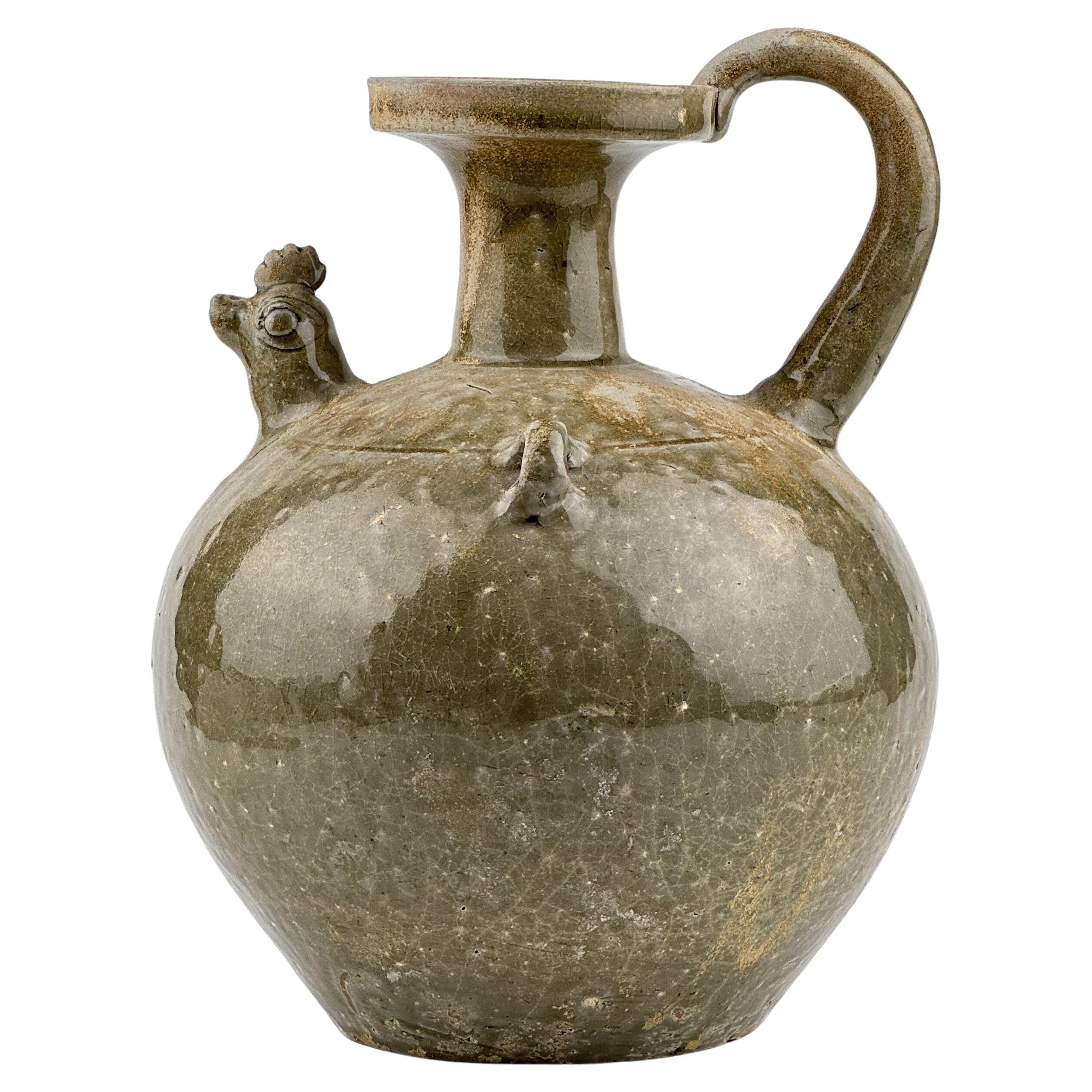
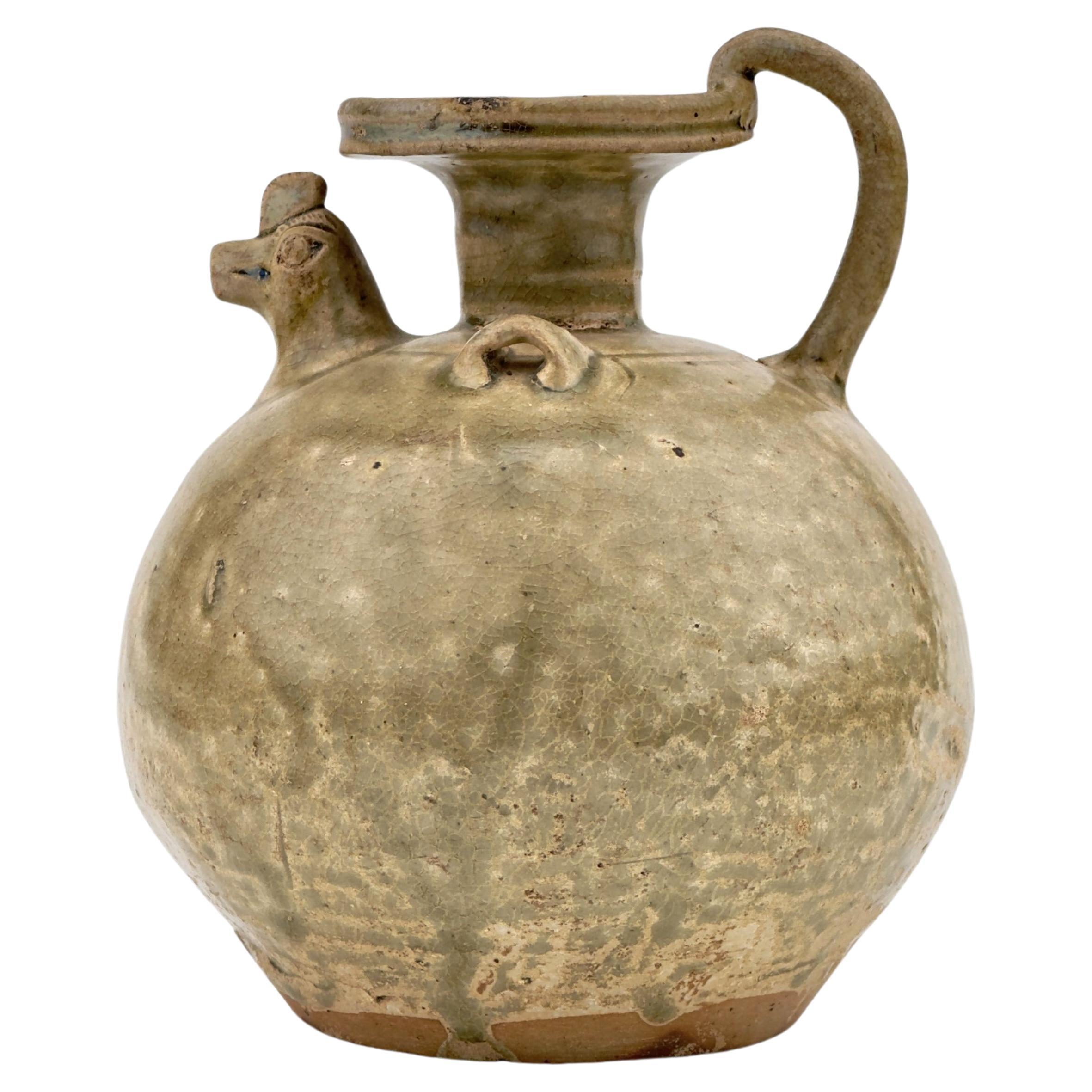
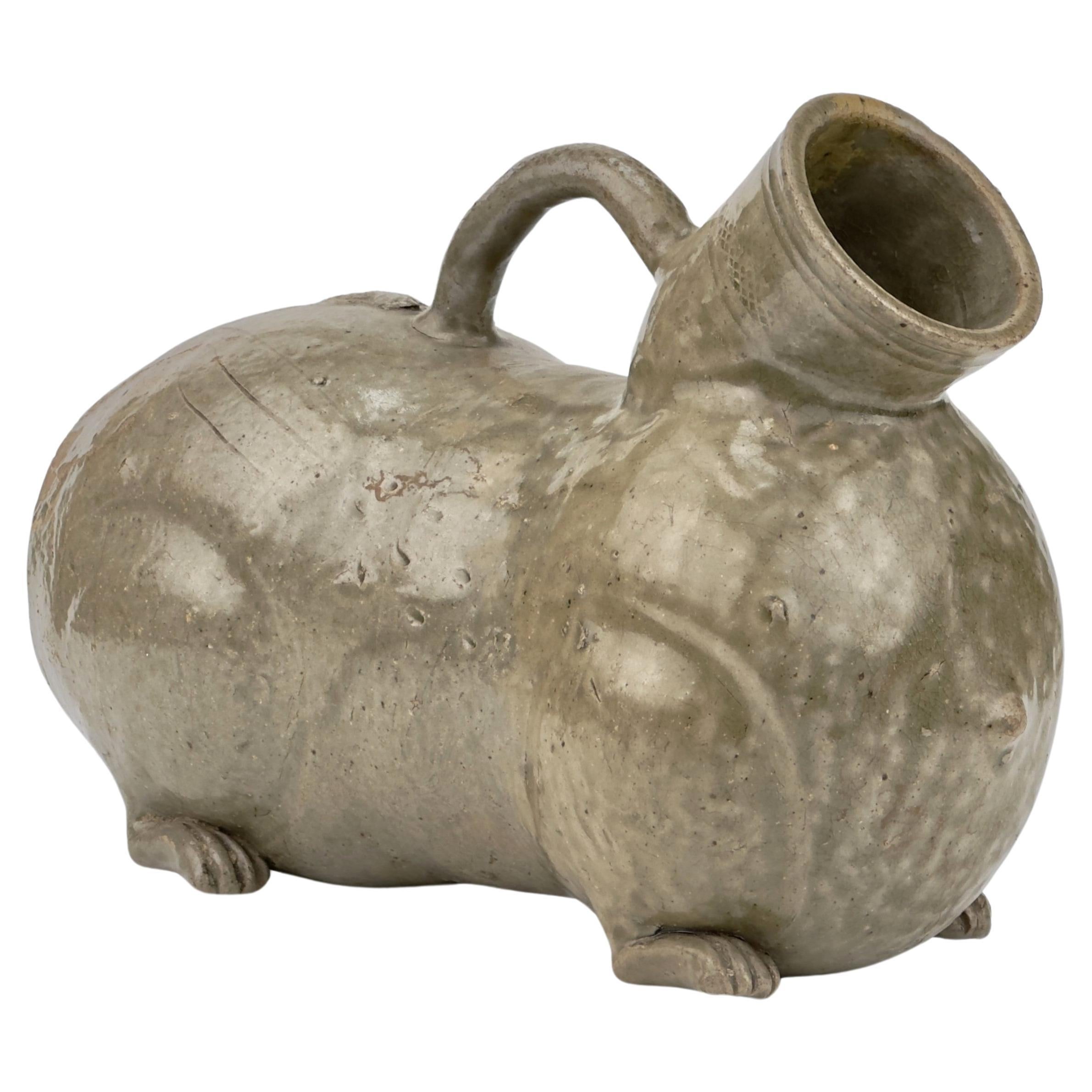
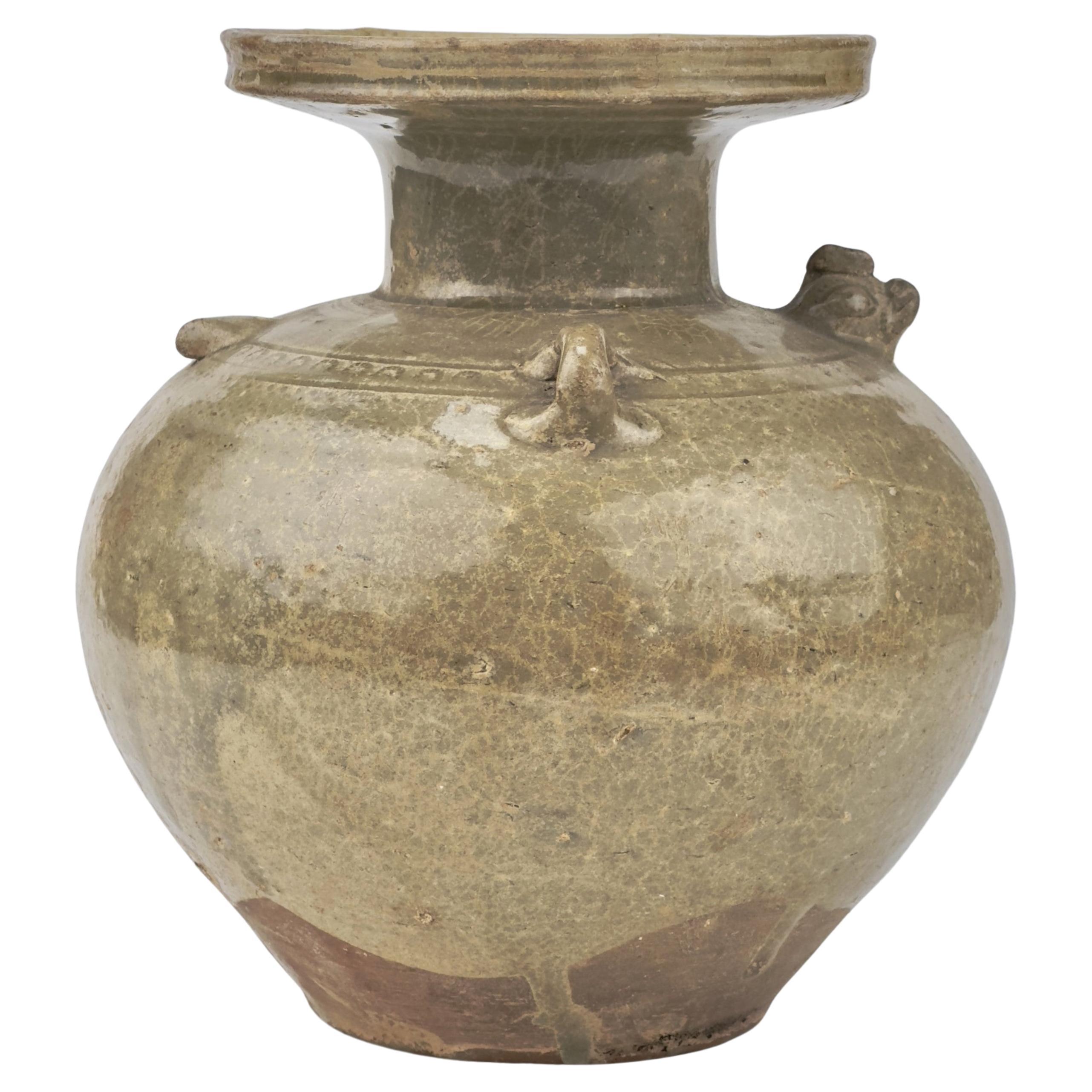
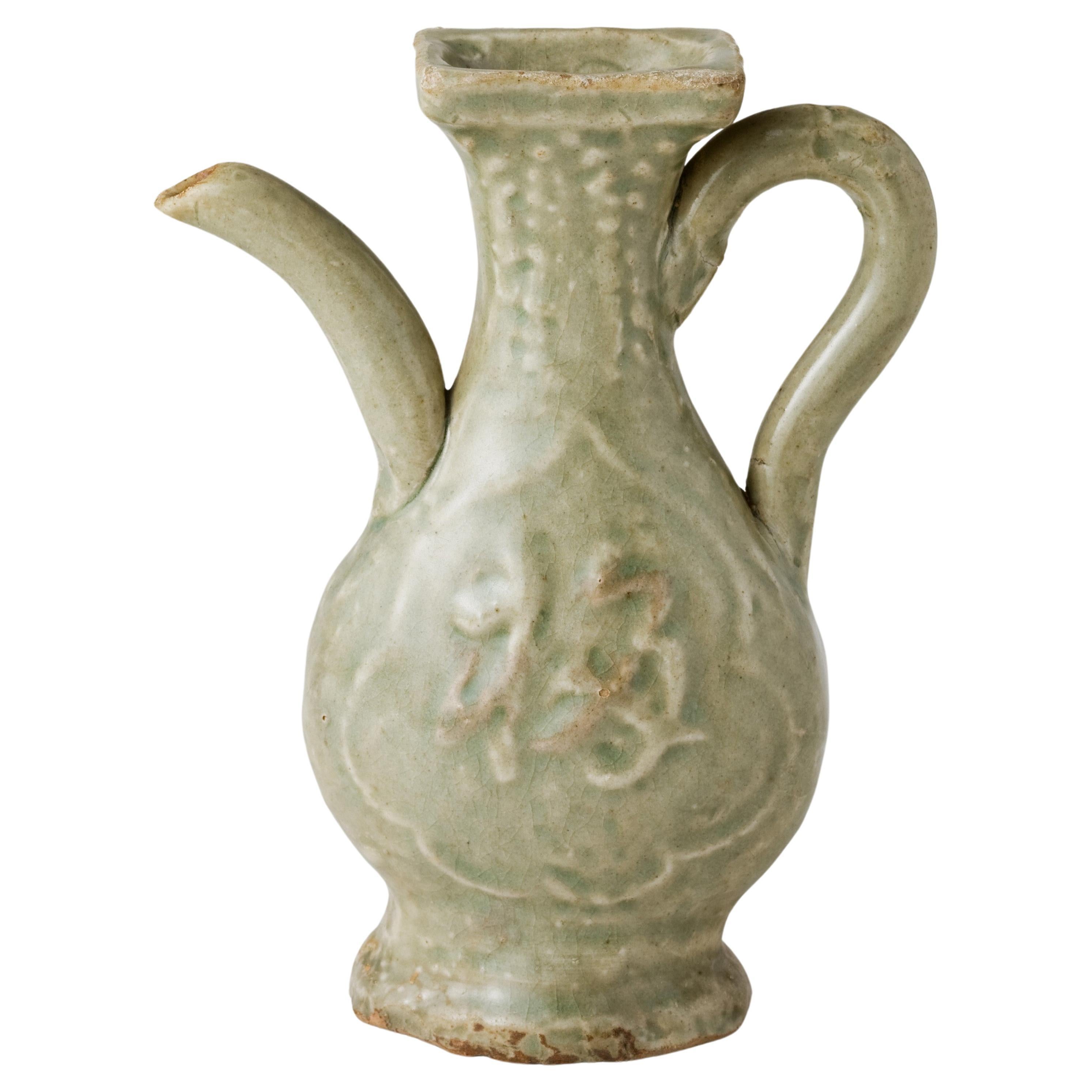
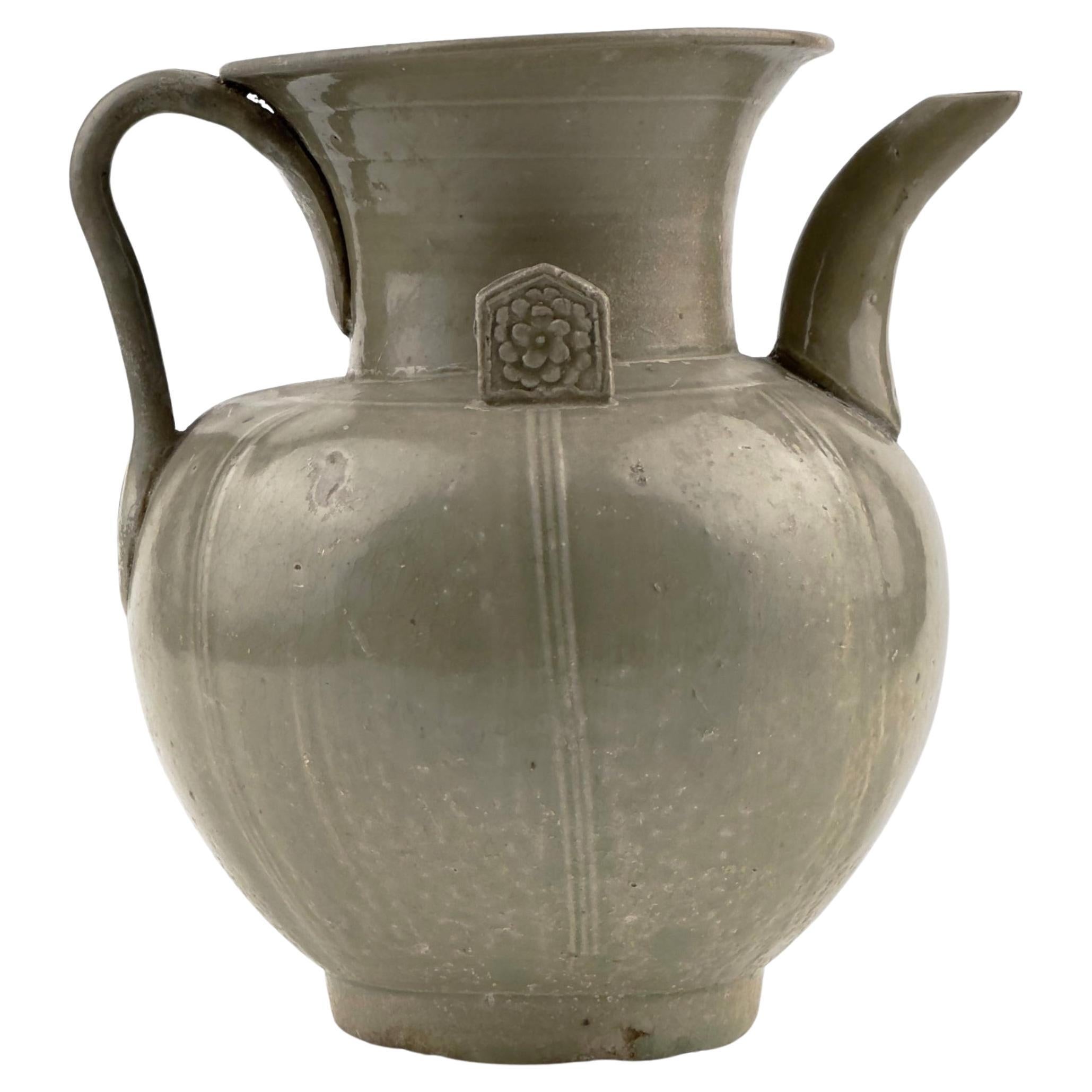
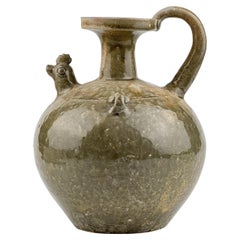
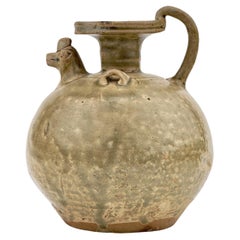
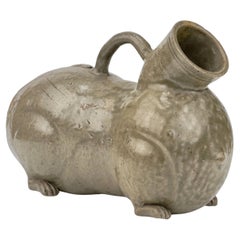
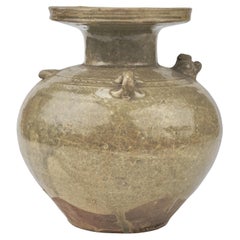
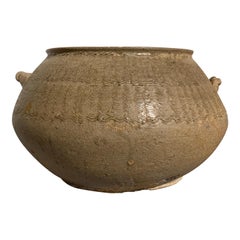
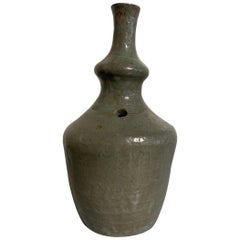
![Antique Chinese pottery green-glazed vase/[Liao Dynasty]/10th century](https://a.1stdibscdn.com/antique-chinese-pottery-green-glazed-vase-liao-dynasty-10th-century-for-sale/f_54872/f_442987721743342424199/f_44298772_1743342424463_bg_processed.jpg?width=240)
